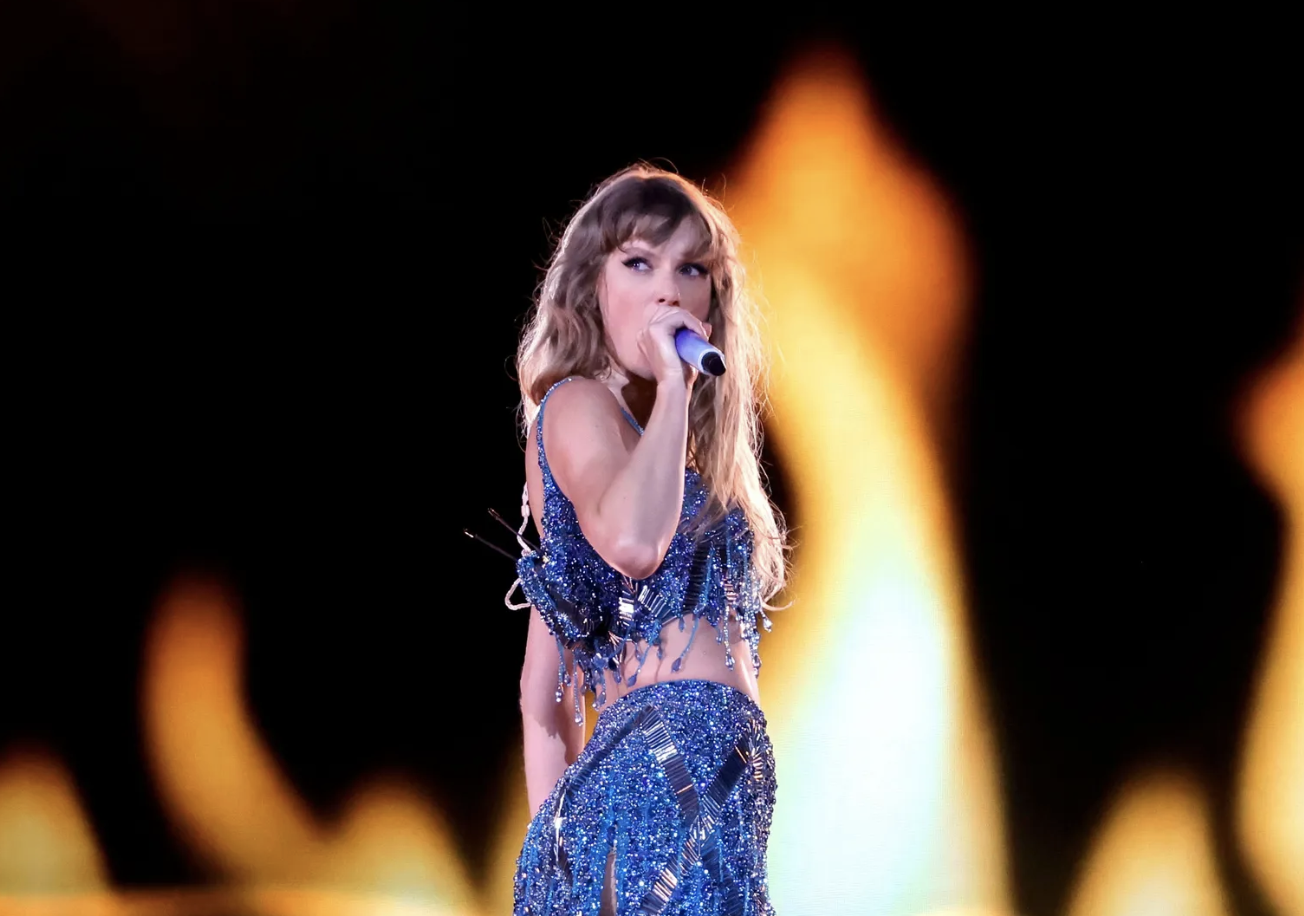Unless you’ve been living in a Wi-Fi-free hole for the past few months, you know that Taylor Swift’s record-breaking Eras tour has been having a major moment. And while most of the social media coverage has featured Swifties dancing and belting out bops like “Cruel Summer” and “Lavender Haze,” some attendees of last week’s SoFi Stadium shows in Los Angeles have been posting about a less joyful effect of their concert euphoria: a positive COVID-19 test. And yes, some of these fans claim they took standard safety precautions like wearing a mask and quarantining before and after the concert. (As you’ve probably seen in social media videos, however, the majority of folks were unmasked at the shows.)
The city (along with other parts of California as well as other areas of the country) has been experiencing an uptick in COVID as of last Thursday—to be more specific, an average of 333 new cases per day, according to the most recent data from the LA County Department of Public Health. “It’s impossible to say for certain if and how much the Taylor Swift concerts, or any other single large event, contributed to these increasing counts,” the department confirmed to SELF in an email. “We know large gatherings where thousands of people are in close proximity are higher risk events, however, it is very likely that increased rates of summer travel and other gatherings are also contributing to the increase.” (Morgan Wallen’s show and the Head in the Clouds Music Festival also recently drew crowds in Los Angeles County.)
This seems like an ideal opportunity to remind everyone that big events like concerts, even if they’re outdoors, still come with COVID risks. Screaming and/or crying at the top of your lungs for three hours (as you should) is a recipe for potential transmission: Remember that the coronavirus that causes COVID often spreads through respiratory droplets via coughing, sneezing, and talking (or, yep, singing), as SELF previously reported. And even if a show is mostly outside, there are likely some moments when you’re stuck waiting in a long bathroom line, for example, or standing inside to buy some merch and snacks.
“Outdoor transmission has become more likely with the newer variants as they have become more transmissible, but outdoors remains a much lower-risk setting than indoors,” Linsey Marr, PhD, a professor of civil and environmental engineering at Virginia Tech who studies viral transmission, told SELF in 2022. Still, an open-air concert isn’t a “get out of jail free card,” especially with the new variant, Eris, on the rise. Viral particles disperse more quickly outside, thanks to wind speed and air currents. But some of the factors that make indoor settings risky—crowded spaces, the sharing of food and drinks, people who have recently traveled—still exist outdoors and can increase your chances of contracting COVID.
